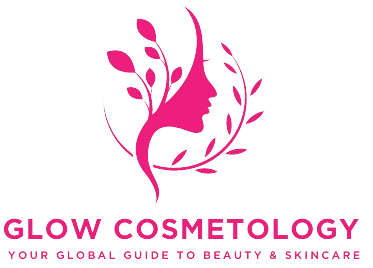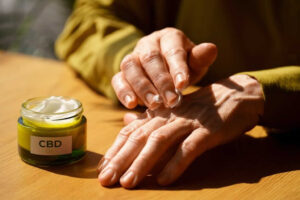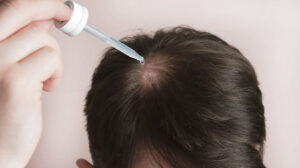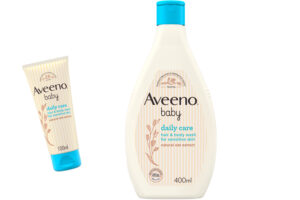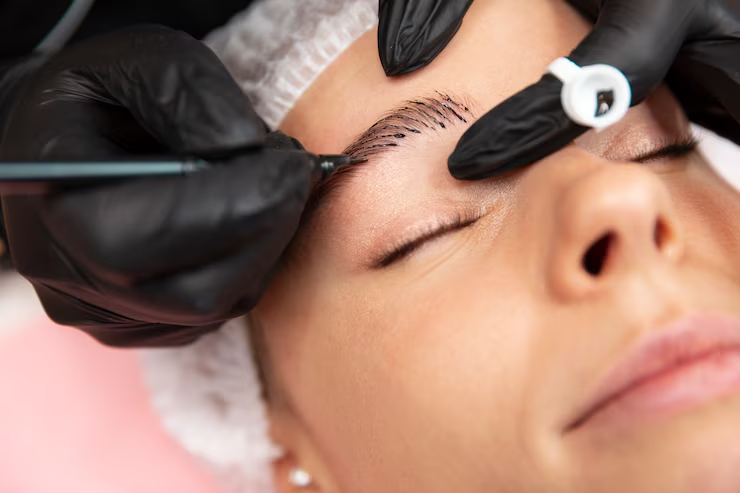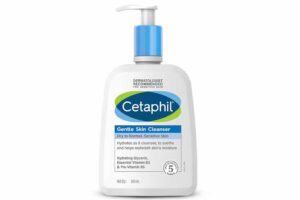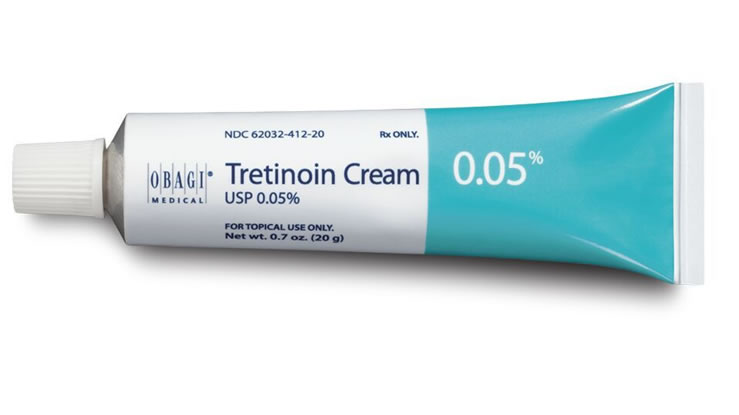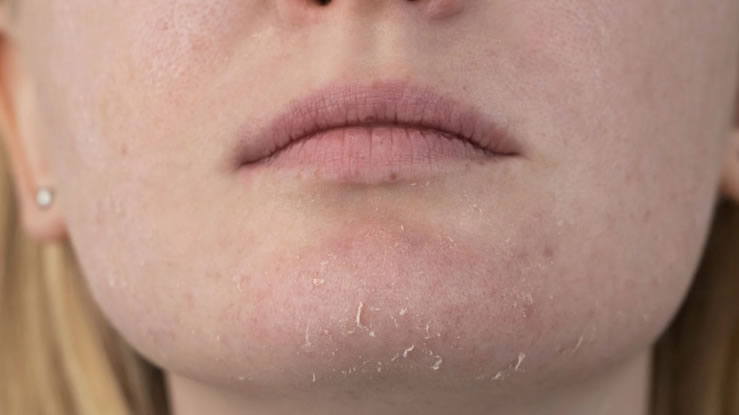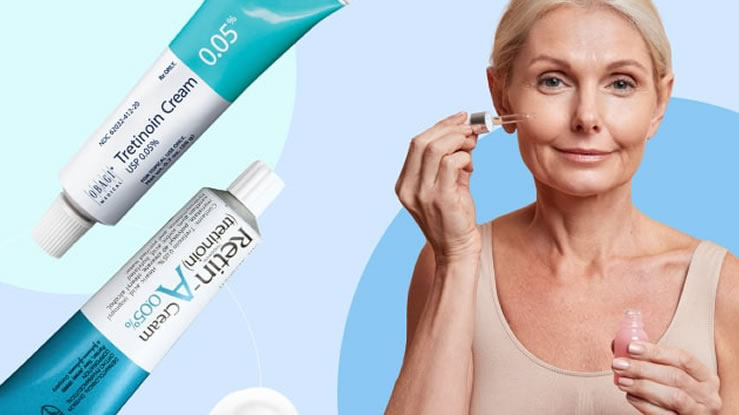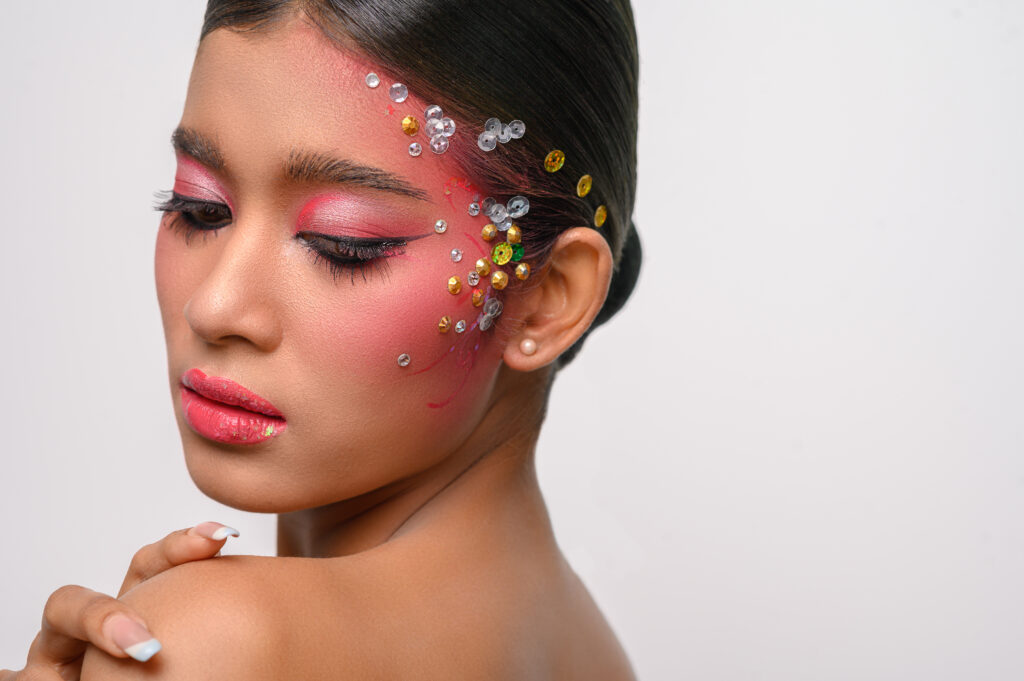Microneedling has become one of the most sought-after skin treatments for those looking to improve texture, tone, and overall radiance—without the need for invasive surgery or extended downtime. If you’ve ever wondered what microneedling really does to your skin, you’re not alone. This minimally invasive procedure sounds a little intimidating at first (needles and skin don’t exactly scream “pampering”), but the science and results behind it are surprisingly impressive.
Whether you’re dealing with acne scars, fine lines, enlarged pores, stretch marks, or just want that glowy, youthful skin, microneedling might just be your skin’s new best friend. In this article, we’ll explore what microneedling does to your skin, how it works, what to expect, and who can benefit the most.
What Is Microneedling?
Microneedling, also known as collagen induction therapy, is a dermatological procedure that involves using a device fitted with fine needles to create controlled micro-injuries on the surface of the skin. These tiny punctures trigger the body’s natural healing response, which ramps up the production of collagen and elastin, the building blocks of smooth, firm, and youthful-looking skin.
The treatment is typically performed using a dermaroller or a microneedling pen, depending on the depth and area being treated. The process is quick, usually 30–60 minutes, and can be done on the face, neck, décolletage, hands, and even other parts of the body like the abdomen or thighs.
Read Also >>>what is the safest cosmetic procedure
What Happens to Your Skin During Microneedling?
Once the microneedles penetrate the skin, your body kicks into repair mode. The skin’s immune system reacts by increasing blood flow to the area and sending in “repair teams” to begin building new tissue. Here’s what happens step by step:
-
Controlled Micro-Injuries: The tiny channels created by the needles are perceived by the body as injuries, even though they’re superficial.
-
Inflammation & Healing Begins: The body immediately begins repairing these micro-wounds by increasing circulation, delivering growth factors, and activating fibroblasts (cells responsible for collagen production).
-
Collagen & Elastin Synthesis: Over the next few days to weeks, new collagen and elastin fibers are generated, improving the structure, strength, and flexibility of the skin.
-
Skin Remodeling: As the skin continues to heal, it becomes firmer, smoother, and more even in tone and texture.
You don’t just get short-term improvement; microneedling actually encourages your skin to rejuvenate itself over time.
What Are the Benefits of Microneedling?
The effects of microneedling are both cosmetic and therapeutic. Some of the key benefits include:
-
Improved Skin Texture: Smoother skin, reduced rough patches, and a softer feel overall.
-
Reduction in Fine Lines and Wrinkles: As new collagen forms, the skin becomes plumper and more elastic, softening the appearance of lines.
-
Minimized Acne Scars and Pores: Microneedling is especially effective for reducing atrophic scars caused by acne and tightening the appearance of large pores.
-
Hyperpigmentation and Melasma Reduction: By stimulating skin turnover, microneedling can help fade dark spots and even out skin tone.
-
Stretch Mark Reduction: When used on the body, microneedling can fade the appearance of stretch marks over time.
-
Enhanced Product Absorption: The micro-channels allow skincare products like serums to penetrate deeper, maximizing their effects.
How Soon Will You See Results?
While some people notice a subtle glow within a few days, the most noticeable improvements typically appear within four to six weeks as collagen production ramps up. Most professionals recommend a series of 3–6 sessions spaced about four weeks apart for optimal results, especially when treating deeper concerns like acne scars or wrinkles.
What Does Microneedling Feel Like?
The idea of tiny needles pricking your skin might sound painful, but most people describe microneedling as mildly uncomfortable rather than painful. A numbing cream is applied beforehand, so you’ll feel more of a prickling or tickling sensation than anything sharp.
Post-treatment, your skin might feel tight, warm, or slightly sunburned. Redness is common for the first 24–48 hours, and light flaking or peeling can occur as your skin renews itself. But downtime is minimal compared to many other treatments.
Is Microneedling Safe?
Yes, when performed by a trained professional. The controlled injury to the skin triggers a healthy healing response without long-term damage. However, there are a few precautions and risks:
-
Possible Side Effects: Redness, minor swelling, pinpoint bleeding, and peeling are common but temporary.
-
Infection Risk: Because the skin is punctured, sterile equipment and clean aftercare are essential to avoid infection.
-
Not for Everyone: Microneedling may not be suitable for people with active acne, eczema, rosacea, or keloid-prone skin.
Always consult with a licensed dermatologist or certified aesthetician to determine if microneedling is right for your skin type and concerns.
What Should You Do After Microneedling?
Aftercare is crucial to maximize results and prevent complications. Here are general guidelines for post-treatment:
-
Avoid makeup, sun exposure, and harsh skincare products (like retinol or exfoliants) for at least 24–48 hours.
-
Use a gentle cleanser, hydrating serum (like hyaluronic acid), and a soothing moisturizer.
-
Always apply broad-spectrum SPF to protect your healing skin.
Your provider may also suggest specific serums or treatments to use after microneedling, as the skin is especially absorbent during this window.
Who Should Consider Microneedling?
Microneedling is suitable for most skin types and tones, and it’s especially helpful for those who:
-
Have acne scars or uneven texture
-
Struggle with fine lines or early signs of aging
-
Experience enlarged pores or dull complexion
-
Want a non-invasive, natural way to rejuvenate their skin
-
Have stretch marks or mild skin laxity
Whether you’re in your 20s aiming for preventative care, or in your 50s looking for rejuvenation, microneedling is a versatile option that delivers visible improvements with minimal fuss.
Microneedling is far more than a beauty trend—it’s a scientifically backed, skin-renewing treatment that harnesses your body’s own healing power. By creating tiny, controlled injuries, microneedling triggers a cascade of skin repair processes that lead to firmer, smoother, and more radiant skin over time. It’s not just about looking better, it’s about feeling more confident in your skin.
From reducing fine lines and scarring to shrinking pores and improving tone, microneedling has earned its place as one of the most effective minimally invasive treatments in modern skincare. And with consistent care and professional guidance, the results can be long-lasting and transformative.
If you’re searching for a way to refresh your skin naturally and safely, microneedling might just be the answer. As always, talk to a licensed professional to tailor the treatment to your unique skin needs, and prepare to be amazed by your skin’s ability to bounce back and glow.
